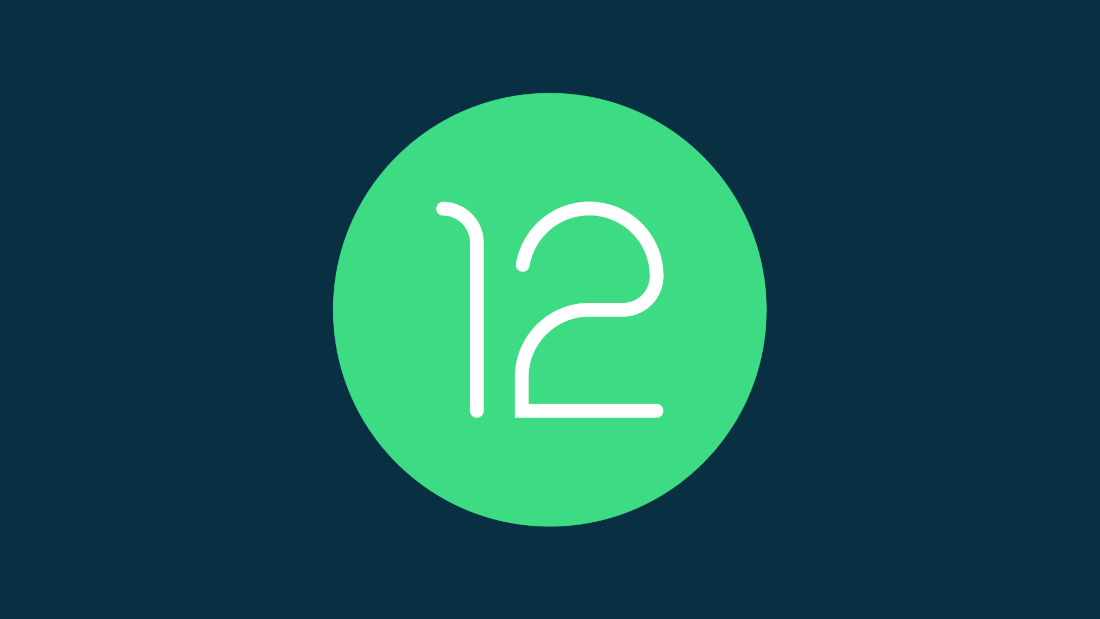
As expected, Google has announced the release of the Android 12 Developer Preview today. The release is designed to help developers test out their apps and code for the upcoming version of Android with all its new features and specifications. This Developer Preview will be compatible to run on the Pixel 3/3 XL, Pixel 3a/3a XL, Pixel 4/4 XL, Pixel 4a/4a 5G and the Pixel 5.
For Android 12, Google is introducing a lot of under-the-hood improvements that are designed to improve the user experience, instead of making big changes to the UI. This makes sense as Android as an operating system is quite mature and does not require big, sweeping visual changes. Some of the features that have been introduced in the Android 12 include compatible media transcoding, AVIF image support, foreground service optimizations, Haptic-coupled audio effect, etc. It also brings on-handed mode and scrolling screenshots which is currently not enabled in the DP1 yet. SOS button.
As mentioned earlier, the Android 12 Developer Preview can be flashed on to the Pixel 3/3 XL, Pixel 3a/3a XL, Pixel 4/4 XL, Pixel 4a/4a 5G and the Pixel 5. Google also revealed that they will release the Developer Preview 2 in March, Developer Preview 3 in April, followed by Beta launches from May through August, after which the final public stable release is expected.
The new features in Android 12 are as follows:
- Compatible media transcoding – With this feature, an app that doesn’t support HEVC and HDR (HDR10 and HDR10+) videos can have the platform automatically transcode the file into AVC, a format that is widely compatible. The transcoding process takes time, depending on the video and hardware properties of the device.
- AVIF image support -To give you higher image quality with more efficient compression, Android 12 introduces platform support for AV1 Image File Format (AVIF). AVIF is a container format for images and sequences of images encoded using AV1.
- Foreground service optimizations – To ensure a better experience for users, we will be blocking foreground service starts from the background for apps that are targeting the new platform.
- Rich content insertion – To make it simple for your apps to receive rich content, we’re introducing a new unified API that lets you accept content from any source: clipboard, keyboard, or drag and drop.
- Haptic-coupled audio effect – In Android 12 apps can provide audio-coupled haptic feedback through the phone’s vibrator.
- Immersive mode API improvements for gesture nav – We’ve simplified immersive mode so that gesture navigation is easier and more consistent, for example when watching a video, reading a book, or playing a game.
- Notification UI updates – We’re refreshing notification designs to make them more modern, easier to use, and more functional.
- Faster, more responsive notifications – When users tap a notification, they expect to jump immediately into the app – the faster the better. To keep notifications responsive, Android 12 will block notification trampolines by preventing them from launching their target Activities.
- Improved Binder IPC calls – We’ve taken a look at latency and workload distribution, and made optimizations that reduce the median experience from the tail end, or 99% percentile use case.
- More of Android updated through Google Play – In Android 12 we’ve added the Android Runtime (ART) module that lets us push updates to the core runtime and libraries on devices running Android 12.
- Optimizing for tablets, foldables, and TVs – The first Android 12 preview for Android TV is available, and in addtion, you will also be able to test your apps on the all-new Google TV experience.
- Updated lists of non-SDK interfaces – We’ve restricted additional non-SDK interfaces, and as always your feedback and requests for public API equivalents are welcome.
- Easier testing and debugging of changes – To make it easier for you to test the opt-in changes that can affect your app, we’ve made many of them toggleable.
- Platform stability milestone – Like last year, we’re letting you know our Platform Stability milestone well in advance, to give you more time to plan for app compatibility work. At this milestone we’ll deliver not only final SDK/NDK APIs, but also final internal APIs and app-facing system behaviors.
- Simplifying password complexity – For users on work profile devices, we’re introducing a more straightforward, modern approach to password restrictions. Instead of granular requirements that often result in easily forgotten passwords, we’re establishing pre-set complexity levels of high, medium or low that will be used to access the device.
- Easily set up a work security challenge – The work security challenge enables an IT-approved password for access to data in the work profile, separate from a simplified password for the device.
- Certificate management on unmanaged devices – In Android 12, we’re streamlining credential management for unmanaged devices by making the process available to apps beside the device policy client.
- Enrollment-specific IDs for personal devices – For employee-owned managed devices, we’re creating a new enterprise-specific device identifier that may help enhance privacy in the event an employee leaves their current employer.
